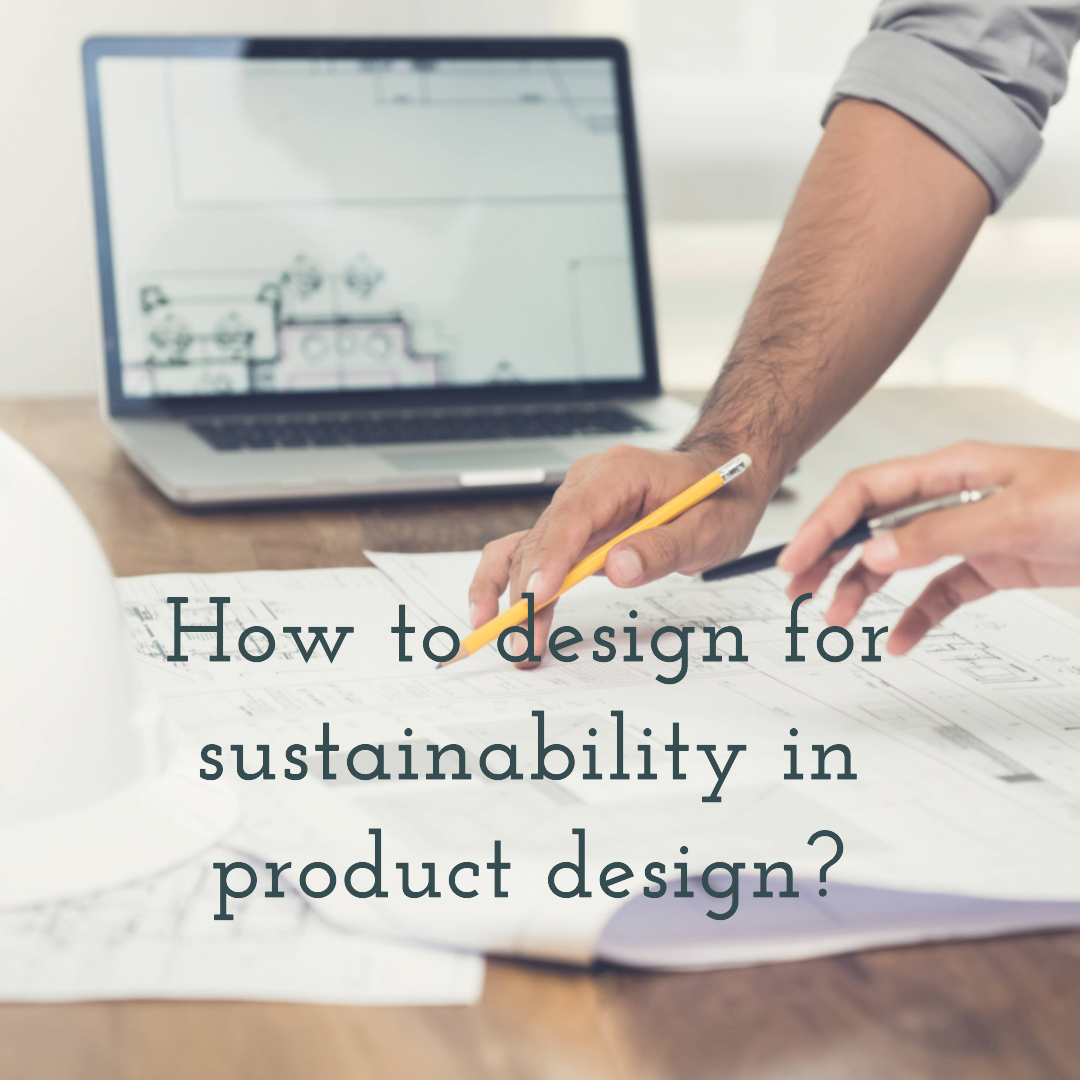How to design for sustainability in product design?
Introduction
Sustainable product design is the process of creating products that minimize their environmental impact throughout their entire life cycle, from raw material extraction to disposal. It is a holistic approach that considers all aspects of a product, from the materials used in its construction to the way it is used and disposed of.
There are many benefits to sustainable product design. It can help businesses to reduce their costs, improve their reputation, and attract new customers. It can also help to protect the environment and conserve natural resources.
This blog post will provide a comprehensive overview of sustainable product design, including its principles, strategies, and benefits. It will also discuss some of the challenges of sustainable design and how to overcome them.
Principles of sustainable product design
The principles of sustainable product design are based on the idea of reducing the environmental impact of products throughout their life cycle. These principles include:
- Reduce: Use less material and energy in the production and use of the product.
- Reuse: Design products that can be reused multiple times, either by their original owner or by others.
- Recycle: Design products that can be easily recycled into new products at the end of their useful life.
Strategies for sustainable product design
There are a number of strategies that product designers can use to reduce the environmental impact of their products. These strategies include:
- Use sustainable materials: Select materials that have a low environmental impact, such as recycled materials, renewable materials, and materials that are certified by sustainable certification programs.
- Design for durability: Design products that are built to last, so that they do not need to be replaced as often.
- Design for energy efficiency: Design products that use less energy during their use phase.
- Design for repairability: Design products that can be easily repaired, so that they do not need to be replaced when they break.
- Design for recyclability: Design products that can be easily disassembled and recycled at the end of their useful life.
Benefits of sustainable product design
There are many benefits to sustainable product design, for both businesses and the environment. Some of the benefits include:
- Reduced costs: Businesses can save money by using less material and energy in the production of their products. They can also save money on waste disposal costs.
- Improved reputation: Consumers are increasingly looking for sustainable products and services. Businesses that can demonstrate their commitment to sustainability can improve their reputation and attract new customers.
- Reduced environmental impact: Sustainable product design can help to reduce the environmental impact of products by reducing pollution, conserving resources, and mitigating climate change.
Challenges of sustainable product design
There are a number of challenges that product designers face when designing for sustainability. Some of the challenges include:
- Cost: Sustainable materials and manufacturing processes can be more expensive than traditional materials and processes.
- Technology: Some sustainable design strategies require new technologies that may not be widely available or affordable.
- Consumer acceptance: Consumers may be reluctant to pay more for sustainable products or to change their consumption habits.
Overcoming the challenges of sustainable design
There are a number of ways to overcome the challenges of sustainable product design. Some of these strategies include:
- Government support: Governments can provide financial support for businesses that are developing and manufacturing sustainable products. They can also set regulations that promote sustainable product design.
- Consumer education: Consumers need to be educated about the benefits of sustainable products and how to make sustainable choices. Businesses can play a role in educating consumers by providing information about their sustainable products and services.
- Collaboration: Businesses, governments, and consumers can collaborate to develop and promote sustainable product design. For example, businesses can partner with universities and research institutions to develop new sustainable materials and technologies. Governments can work with businesses to develop standards for sustainable products. And consumers can support businesses that are committed to sustainability.
Examples of sustainable product design
There are many examples of sustainable product design in the world today. Here are a few examples:
- Electric cars: Electric cars produce zero emissions, which helps to reduce air pollution and mitigate climate change.
- Recycled water bottles: Recycled water bottles are made from recycled plastic, which helps to reduce waste and conserve resources.
- Energy-efficient appliances: Energy-efficient appliances use less energy to operate, which helps consumers to save money on their energy bills and reduce their environmental impact.
- Durable clothing: Durable clothing is made from high-quality materials and is designed to last, which reduces the need to replace clothing frequently.
- Compostable food packaging: Compostable food packaging
tunesharemore_vert








